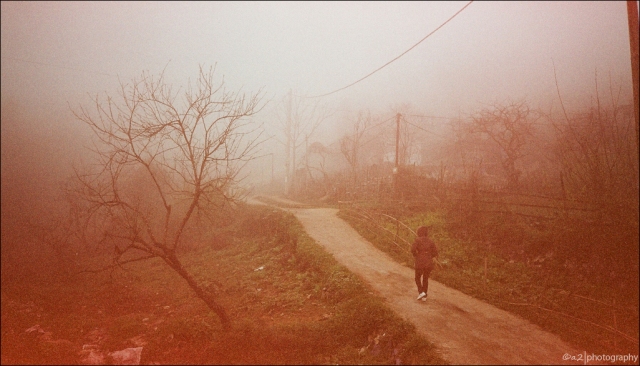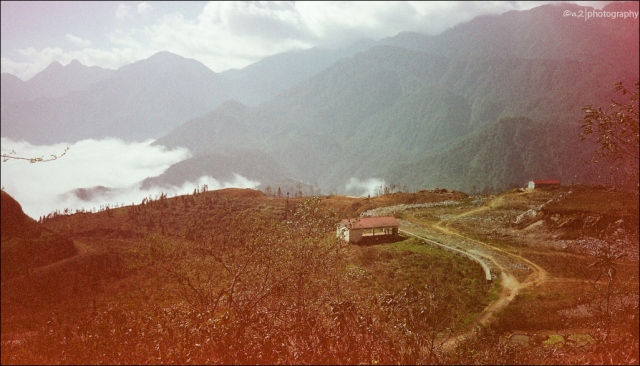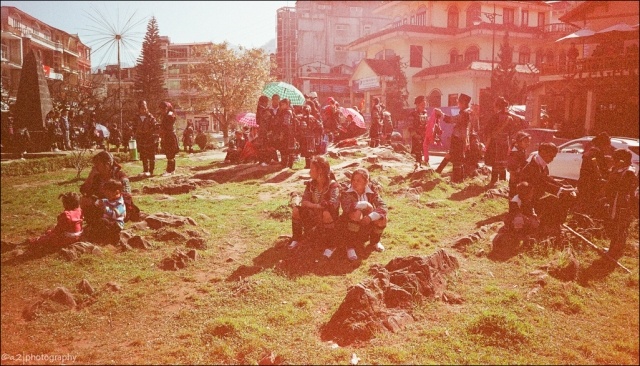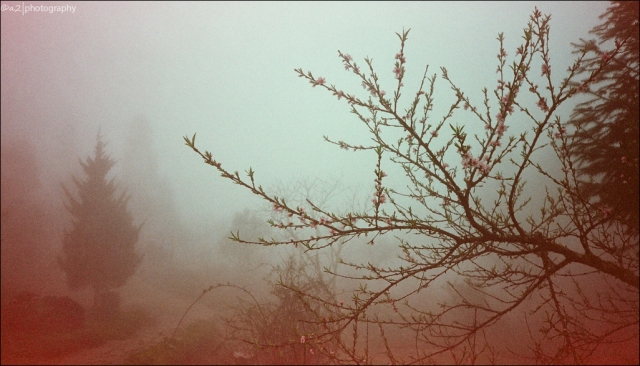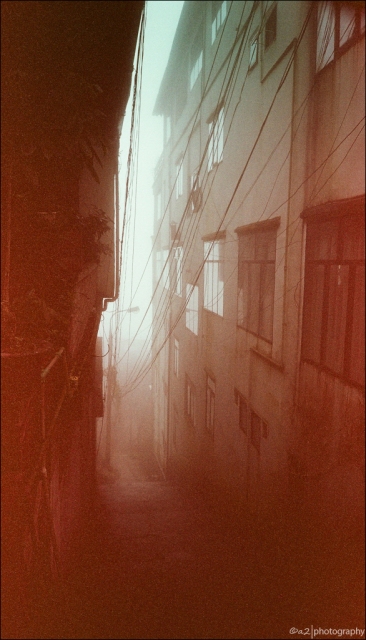Today we will be looking at something that is going to be forgotten.
In 1996, Kodak introduced APS film (Advanced Photo System) with smaller size than the popular 35mm: 25.1 x 16.7 mm vs 24 × 36 mm. The crop factor is about 1.44x. It has some advance features like recording aspect ratio, the date and time that the photograph was taken, exposure data such as shutter speed and aperture setting, more or less like EXIF in digital files. Most interestingly, the film comes with 3 image formats: Classic 3:2, High-Definition 16:9 and Panorama 3:1.
Nonetheless, APS has been discontinued completely in 2011, mainly because of economic reasons (film production/developing cost). Rarely you hear people talking about it, even in film community.
Below are some pictures that I got from a trip to Sapa (highland in Vietnam) on a roll of expired Kodak Advantix 400 APS film using the Canon ELPH LT. It is a very small size Point-n-Shoot (PnS) camera using APS film that I got from my Dad. Some specs of the forgotten camera: fix lens 23mm f4.8 (equivalent to 35mm field of view for full-frame), 1-point autofocus, Program meter, 1/650 – 1/2 sec and weight only 120 grams.
There are only 25 exposures in one roll and that’s all I have for the trip. My favorite setting is High Definition 16:9 ratio, not only the image is more “panorama” but the viewfinder changes as well. That makes a whole difference of how I compose the image – horizontally. The camera is extremely light and small so that I can bring it with me everywhere. Knowing its limitation (fix aperture), I don’t expect much of “creamy bokeh” or alike, but the image quality for landscape shots is quite impressive. Lastly, it feels much enjoyable and special for each shutter count since I was capturing a beautiful landscape of Vietnam – my homeland, on something old & expired with a “discontinued” look. The reddish look with a bit of vignette on foggy days in Sapa becomes a part of my memory.
Forget about megapixel, focusing speed or low-light performance. Each camera will offer us one thing unique: the shooting experience. It is how it fits in your hand, how it extends or restricts the way you see, and how it sharpens your focus of what matters. It is particularly true for film cameras when it comes with various sizes (small, 35mm, medium or large format), viewfinder ratio (2:3, 6:6, 6:7, 6:9, 6:12, etc) and focusing techniques.
And you embrace such experience because it’s subjective and it is personal.
Please click here for the full gallery.

